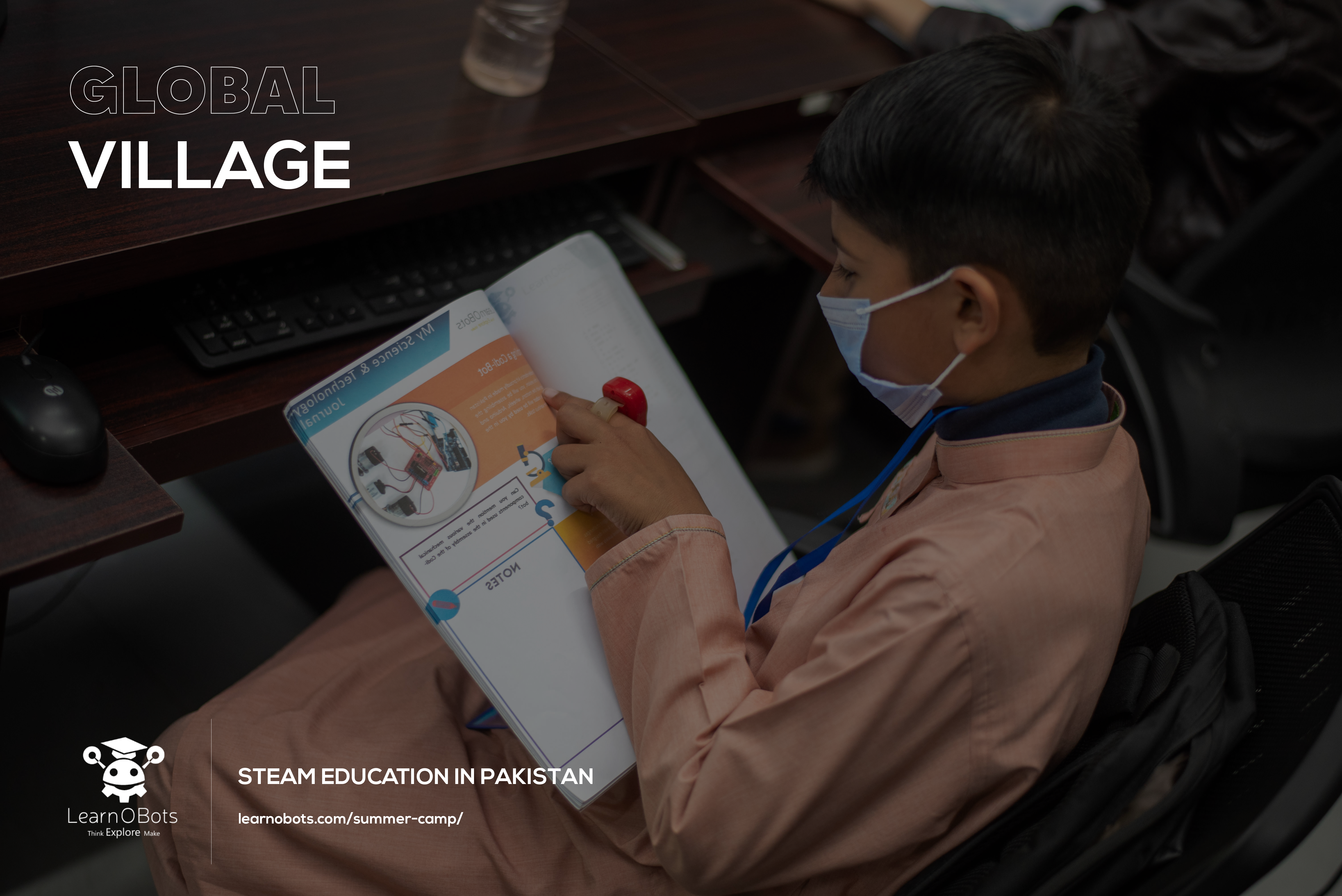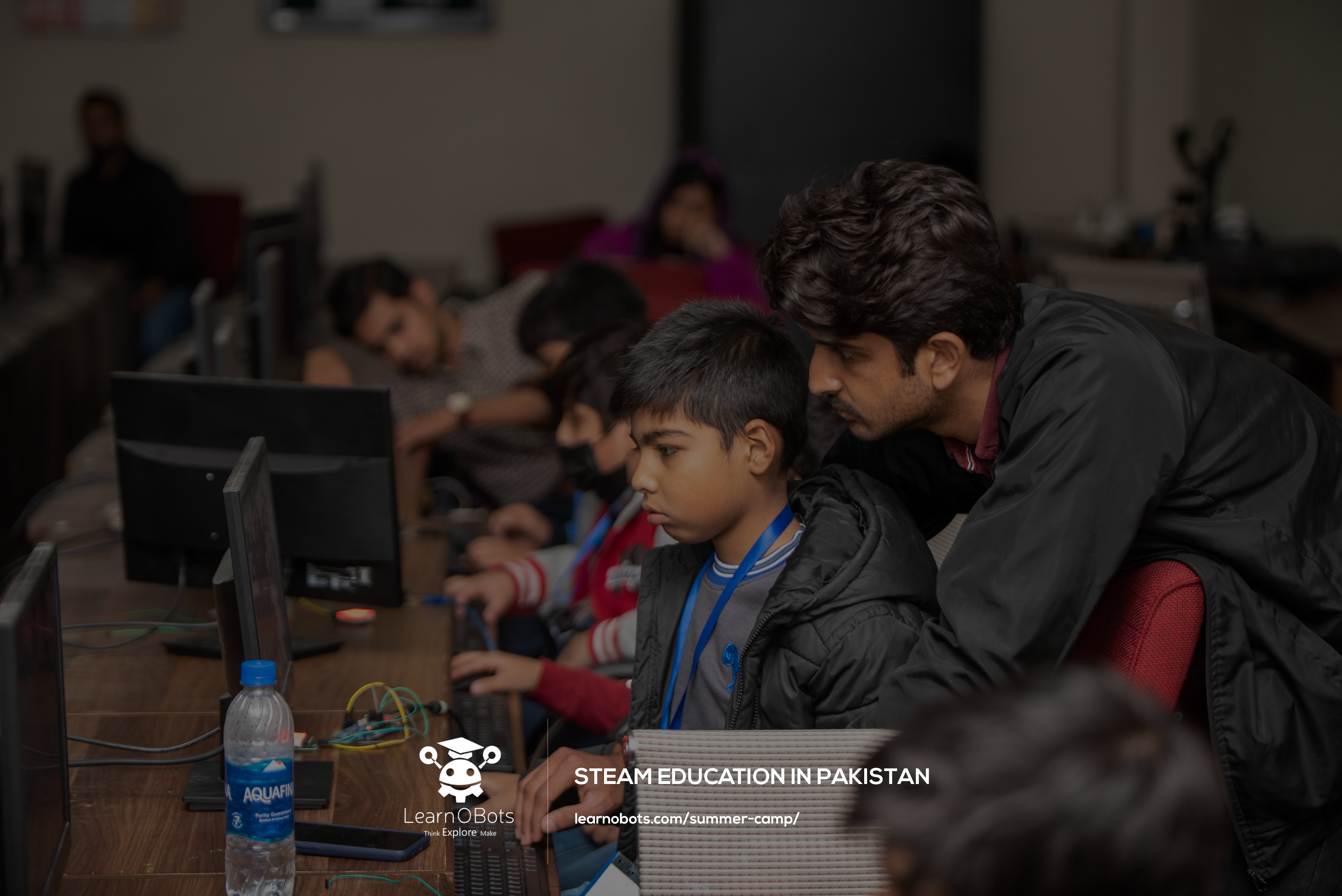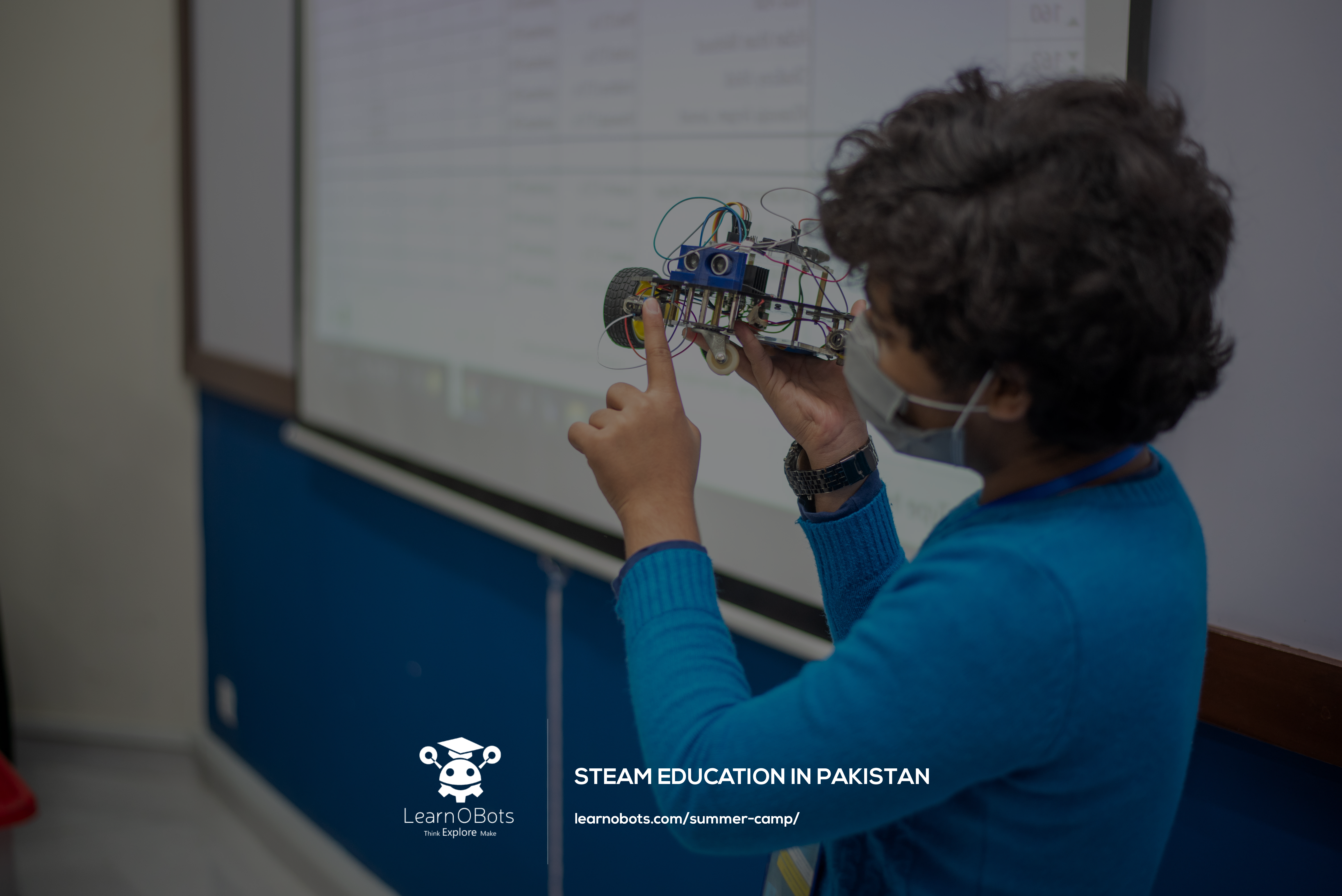Traditional Learning Might Not Benefit Kids
Learning in a classroom can sometimes be boring for young kids. The act of reading, writing, and memorizing for tests does not help children develop much interest in education. However, practical work and hands-on knowledge can grow that interest. Here are seven reasons why traditional learning is outdated. Especially for young students with growing minds.

Children may find it hard to understand everything in a classroom.
1. Less Learning Outcomes
Less learning outcomes are a major factor that the traditional education system is old. Most students never think about what they should study or why they should read about a subject. They never focus on the basic concepts of a chapter. They also never ask questions about what they will learn after reading it. How would a piece of information help people in their daily lives? Students just read the chapter to prepare for the exam. Their first concern is passing the exam. They never pay attention to what they are studying. Students may excel in one area, but they never pay equal attention to all subjects. This is why students do not comprehend the subject’s key values.
2. Limited Teacher Involvement
Another important factor is that the number of students and teachers is not equal. A 20 to 1 student-to-teacher ratio is excellent. There are, however, more students and lesser teachers in most schools. If the class is 60 minutes long, a teacher will not be able to offer attention to each student. The teacher must complete the course within a certain amount of time. The teacher’s performance is demonstrated by their ability to complete the class on time. Following that, they will grade students using tests. If a teacher fails to meet any of these standards, their work is not regarded as good. Learning, on the other hand, is a difficult process. A student may be going through a lot of pressure. However, the teacher will carry on teaching despite these problems. So, therefore, a gap develops between teacher and student.

A good teacher is hard to find.
3. Learning Levels Are Not Equal
Students in a class come from many different cultures. Their learning backgrounds will be different from their parent’s. Also, only a few kids’ parents could be highly educated. As a result, some children may be slow learners than others. They will find it hard to understand the subject in one try. Even if they are quick learners, their home environment may not be suitable for academic achievement. This issue is not talked about in the traditional educational system.
4. Lack of Skill-Based Learning
The traditional educational system places greater importance on learning theories than on skill development. Schools always use creative thinking and originality as words to motivate kids. However, the traditional educational system fails to support these in reality. Schools lack the tools to focus on skill-based education. As a result, students are forced to study instead of applying whatever they learn.
5. Lack of Good Teachers
In the traditional school system, teacher quality is not always good. People believe teaching to be the last choice. Even teachers with a certificate are unable to provide high-quality education. What’s more, teachers usually do not care about a student’s learning outcome. Even if they do, they may not be able to develop the student’s interest. Teachers in our traditional school system are becoming less skilled. This is why teaching is a job that requires focus, energy, and passion.
6. Students do not Understand the Importance of Education
This is another major problem with outdated traditional learning. They focus on forcing information into students’ heads without clearly explaining the purpose. So, students are more focused on finishing the course. As a result, they are unaware of the value of the information. Repeating chapters for tests will not develop a love for learning.
7. Growth of Technology has Replaced Outdated Traditional Learning
The technological age is the main reason the traditional educational system is outdated. The way things are done has changed as a result of media and the internet. It has connected the entire world. Students are not forced to learn only in schools. They can learn from many sources. Students can connect with people who share their values. They can also read blogs, watch videos, and get information from a variety of sources. Learning is no longer done through textbooks, teachers, or the classroom.
Break Old Traditional Learning with LearnOBots
Since 2014, LearnOBots has been working with creative educators and parents in Pakistani schools. This is to create a STEAM learning approach in classes. The purpose is to develop the thinkers, inventors, and creators of the future. STEAM is a broad word that includes many subjects. It stands for Science, Technology, Engineering, Arts, and Mathematics.
This offers children the opportunity to develop a passion for STEAM jobs. A few of the topics covered in the program are electronics, robotics, and programming. As children grow older and enter the workforce, they will need all of these skills.
That’s why LearnOBots creates fun and new ways of teaching STEAM for kids. They do so with the help of summer camps. These camps have many courses and activities. For example, students can learn how to make robots or code on computers. As a result, these skill-based courses make sure students stay interested. Previous students have created many amazing stuff. These include a water sensor and a lighting app posted on the MIT App Inventor website.

LearnOBots makes sure studying is fun and effective for young kids.
These upcoming camps take place in June and July 2022. What’s more, it will focus on Robotics and AI. This will include projects such as programming and robot building.
Students can also sign up for LearnOSteam for fun learning. LearnOSteam is a site that contains a broad focus on science and technology. It includes activities ranging far beyond robots and coding. Each session has animated video material, gamified hands-on exercises, and challenges that cover all areas of STEAM in a fun way.
So, visit LearnOBots’ website for more information on summer camps.

